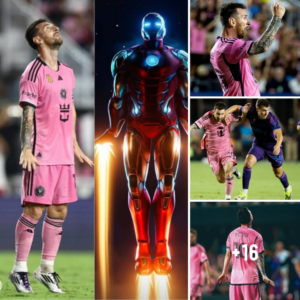The XB-70 Valkyrie was a long-range bomber commissioned by the U.S. military as a replacement for the B-52 was required.
Aeronautical companies were asked to produce a high-altitude bomber that could fly at Mach 3 speed and could be armed with conventional and nuclear missiles. Despite being one of the fastest bombers ever constructed and the largest experimental aircraft ever built, it was cast aside in the 1960s and made a low priority. Here is why.
The origins of the XB-70 can be found decades before its heyday in the 1950s and 1960s.
From 1947, a doctrine known as ‘industrial web theory’, first pioneered by Harold Lee George, had become a key focus for US Air Force policymakers, who considered strategic bombers as an essential part of their military strategy.
Throughout his notable career in the U.S. Air Force, George led an influential circle of innovators nicknamed the ‘Bomber Mafia’. They believed that the targeted destruction of important industrial centers was the most effective way to crush the morale of the enemy and win wars.

They proposed that such missions should be carried out by a special wing of strategic bombers designed to swarm and overwhelm adversaries on the ground.
After the end of World War Two, General Curtis E. LeMay founded the Strategic Air Command (SAR) with the express purpose of ensuring that long-range bombing capabilities could be mobilized in any part of the world and at any time by the U.S. air marshals.
LeMay, a veteran of both the European and Pacific campaigns of World War 2, and affectionately known as ‘Bombs Away Le May,’ headed the SAR from 1946 to 1956, before becoming the Vice Chief of Staff of the United States Air Force in 1957 and then the Chief of Staff from 1961. Throughout his tenure, he remained a strong advocate of strategic air campaigns, citing their superiority over tactical strikes and ground support operations.
In 1954, during his time at SAC, and thinking about the technological advancements that would be required in 10 to 20 years time for the US to compete with the Soviets, Le May was keen to replace the ageing Boeing B-52 Stratofortresses of his fleet.
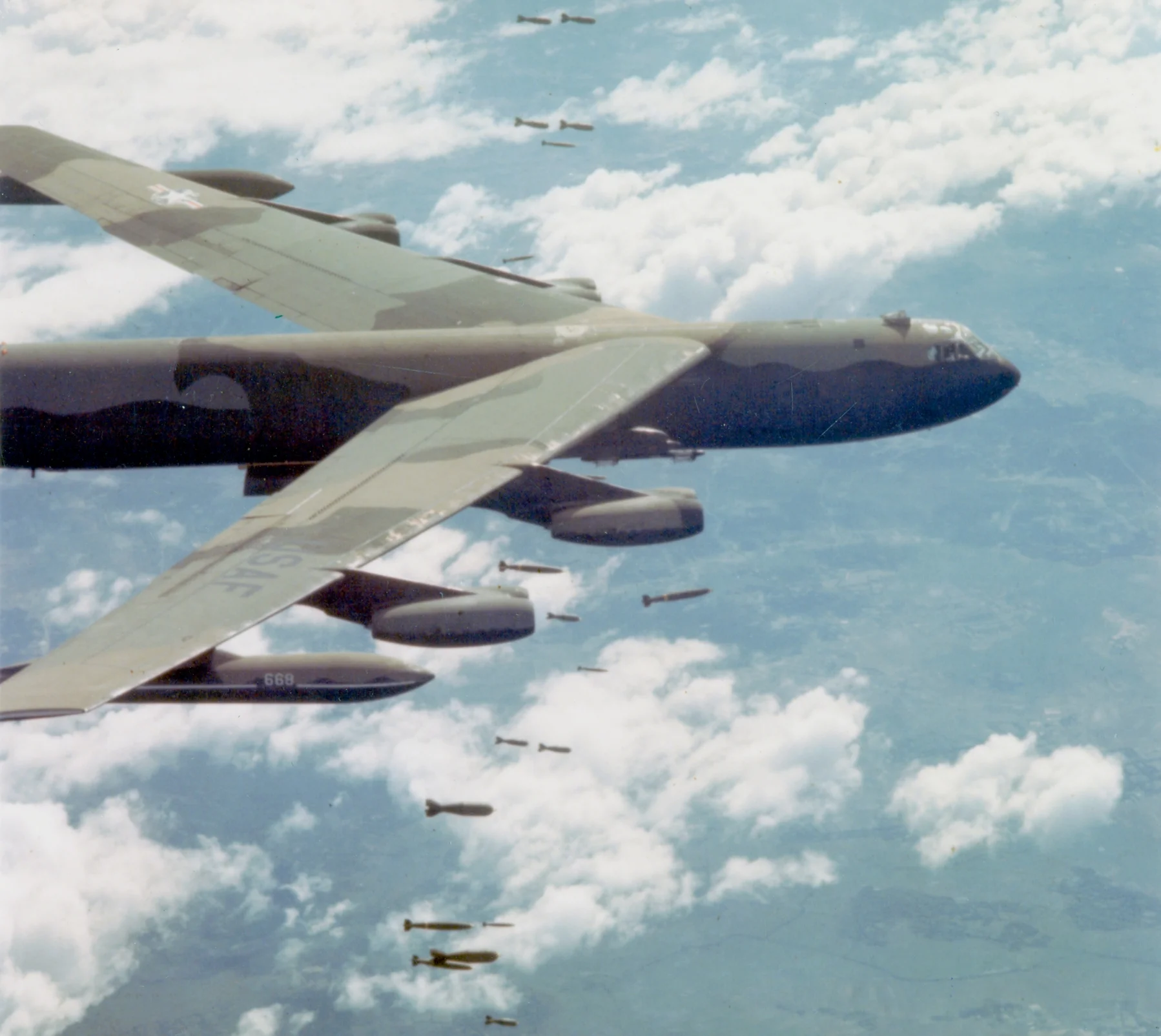
He wanted a bomber that could fly subsonically to the enemy line like the B-52, but also one that could travel supersonically to the assigned target like the latest B-58 aircraft.
The Contractor Battle – North American vs Boeing
What would eventually become the XB-70 was initially christened WS-110A by the U.S. Air Force. Following the release of the Phase One engineering contracts in November 1955, Boeing and North American Airlines (NAA) would embark on a bitter competition to become primary contractors.
Military commanders, however, were unimpressed by their formative studies, presented through May and June 1956. Both of their designs featured prototypes that were as mindbogglingly complex and hugely overweight. They recommend the aircraft to be a staggering 750,000 pounds or more, which reduced their top Mach speed to a paltry 2.3 Mach. LeMay was furious, reportedly scolding both companies for their incompetence.
Thanks to the discovery of the compression lift effect in 1956 which significantly reduced drag, Boeing and the NAA’s Phase Two designs, submitted in July of that same year, were far superior.
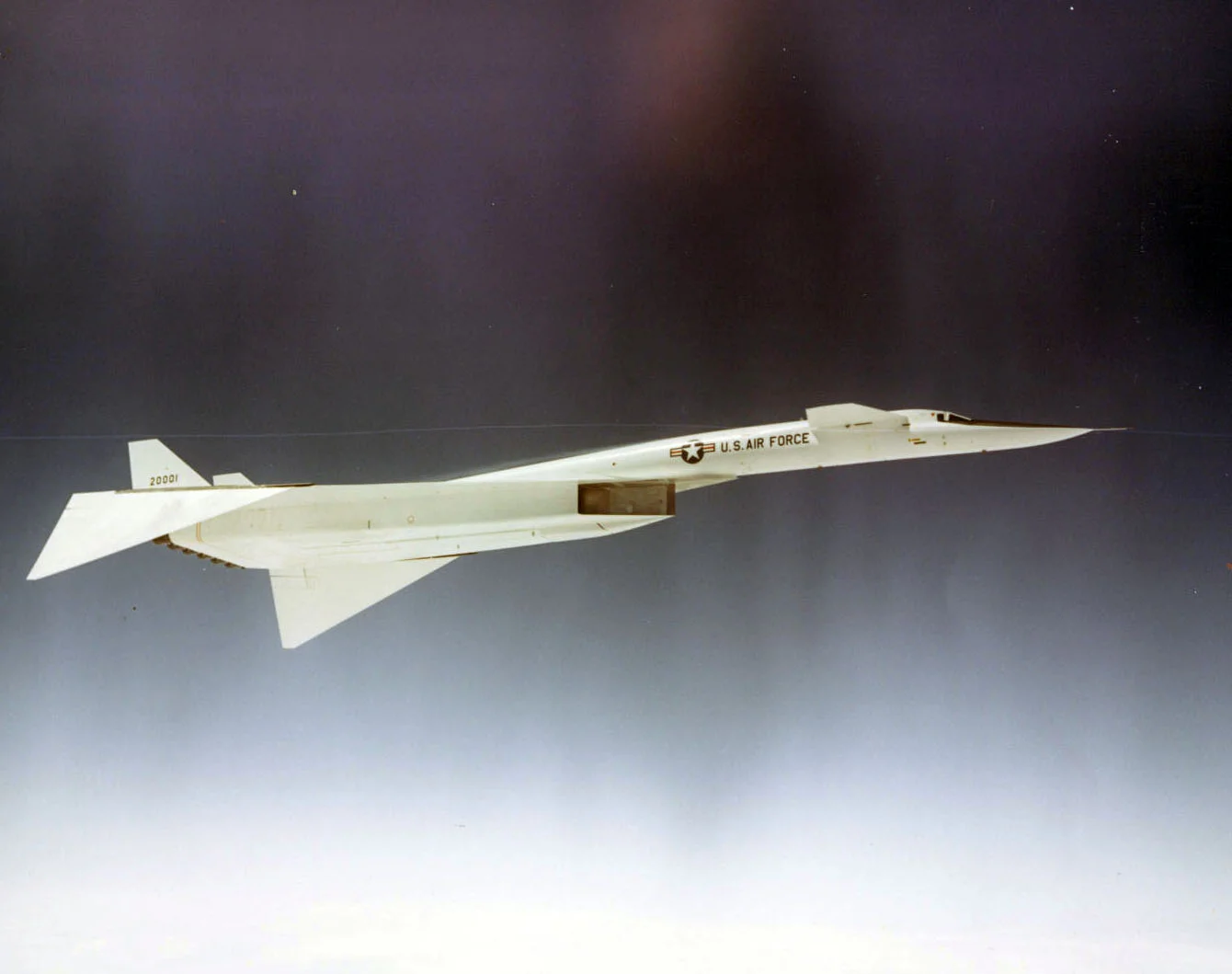
Both claimed their models now travelled at 3.0 Mach up to 70,000 feet. They also maintained they possessed a double payload of 50,000 pounds and a range of 7,600 nautical miles before refuelling.
In August 1957, both WS-110A prototypes took part in a 45-day competition that would determine which plane was superior. By the end of 1957 NAA was handed the prized WS-110A contract.
Development
The NAA, as the lead developer, hired hundreds of sub-contractors in nearly every state of America. The bombing, navigation and missile guidance system was the responsibility of IBM, the mission and traffic control entrusted to Motorola, and even Boeing were brought in to build the wing. A truly nationwide U.S. collaboration was emerging.
The development of the XB-70 Valkyrie, however, was hampered from the very start with the rise in popularity of ICBMs (Inter-Continental Ballistic Missiles) and funding was severely cut to the XB-70 program in December 1959. Efforts were refocused on building a single XB-70 prototype.

ICBMs were not only a fraction of the cost of bombers, but were more accurate, quicker, and possessed an impressive inter-continental range. The pro-bomber lobby’s main counter-argument was that, unlike manned aircraft, it was impossible to re-call ICBMs once they were launched, leaving the US with reduced tactical flexibility.
After lobbying from the USAF the NAA managed to claw back $70 million dollars of funding and allow the completion of the first XB-70 by 1964.
On the other hand, with the election of John F. Kennedy later that year, the fortunes of the XB-70 project took another turn for the worse. An official statement in March 1961 read that the U.S’s ICBM push: “…makes unnecessary and economically unjustifiable the development of the B-70 as a full weapon system”. The Soviets were also close to completing the MiG 25, built specifically to destroy high-altitude Mach 3 bombers such as the XB-70.

The president proclaimed that the XB-70s should instead be re-purposed as experimental craft, to be used to help research supersonic flight in collaboration with the Supersonic Transport Program (SST).
Reconnaissance Craft?
Consequently, the NAA received new instructions in April 1961 to produce only 3 XB-70s.
The XB-70 was re-branded as the Reconnaissance-Strike B-70 Weapon System Program, re-classifying its designation from bomber to Reconnaissance Strike (RS) to create the RSB-70 Valkyrie. By 1964 it had been changed again, to the XB-70A. Three prototypes, the AV1, AV2, and AV3 were planned, with only AV1 and AV2 actually being constructed.
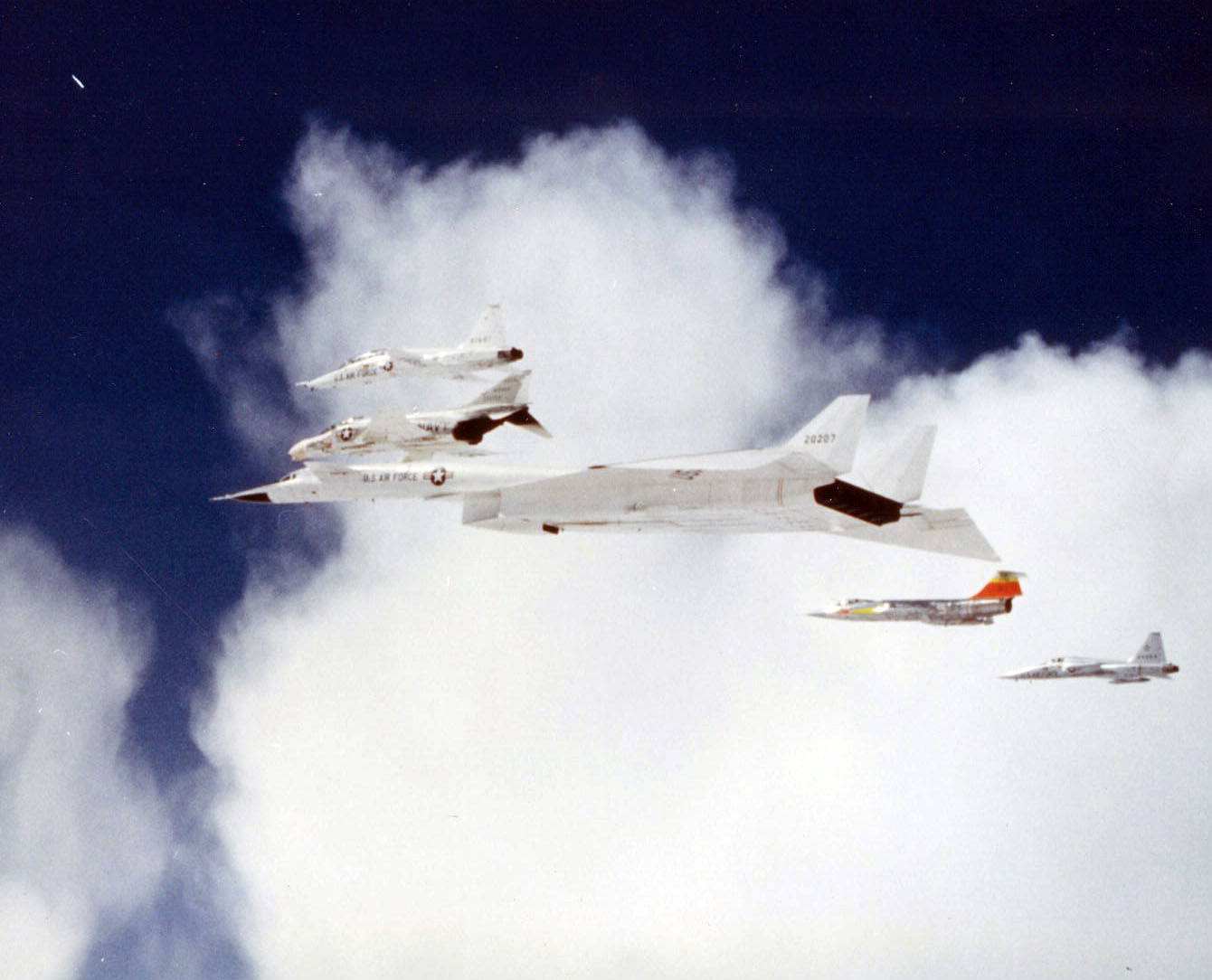
Before it was eventually scrapped for economic reasons, AV3 was considered for a variety of usages, including as a high-altitude astro-observatory, a recoverable launch system to catapult objects into low-orbit, and a destroyer of satellites orbiting the earth.
Until their eventual completion in 1964, the other two prototypes suffered a wide array of problems and setbacks that cost time and money. Special adaptors had to be made for the wings to fit onto the wing stubs, and the honeycomb panels implemented for reducing supersonic heat were found to be defective, creating a long list of repairs.
When the planes were finally finished, the NAA had overrun its original deadline of 1960 by 4 years.
In September 1964, the AV1, also known as the XB-70A-1, flown by NAA Chief Pilot Alvin White and his co-pilot Joseph Cotton of the US Air Force, made its maiden voyage over the skies of Air Force Plant 42 in Palmdale, California, to the rapturous reception of 5,000 employees and guests. After a one-hour flight, it landed safely at Edwards Air Force Base. The AV2, or XB-70A-2, would debut next, in July 1965.
Referencing its enormous size, Joe Cotton would later describe flying the XB-70 as: “like driving a Greyhound bus around the racetrack at Indianapolis”.
XB-70
The XB-70 accommodated 4 crew members: a pilot, co-pilot, bombardier, and defensive systems officer.
The XB-70 was 196 feet long, had a tail height of 31 feet, and weighed in at 521,000 pounds, making it the largest experimental aircraft in existence. Its delta wings had a 105 feet span and were swept at an angle of over 65 degrees.

The wing tips were hydraulically folded down from 25 to 65 degrees, helping it to ride the speed produced by its own shockwave. This had the additional task of ensuring greater stability at supersonic speeds, as was the canard foreplane situated at the front of the fuselage, with a span measuring 28 feet and 10 inches.
The XB-70 was one of the fastest planes to ever fly. One test flight recorded how it covered 1000 miles in a mere 33 minutes. Its Mach 3 speed, the equivalent of 2000 miles per hour, was generated by the implementation of the compression lift discovered in 1956.
It enabled the fuselage to produce a shockwave, which would be interrupted by an inlet wedge at the front of the wings, causing pressure to form underneath, and ensuring the craft moved with 40 pounds per square foot of added lift. The model also boasted six General Electric YJ93-GE-3 turbojet engines.
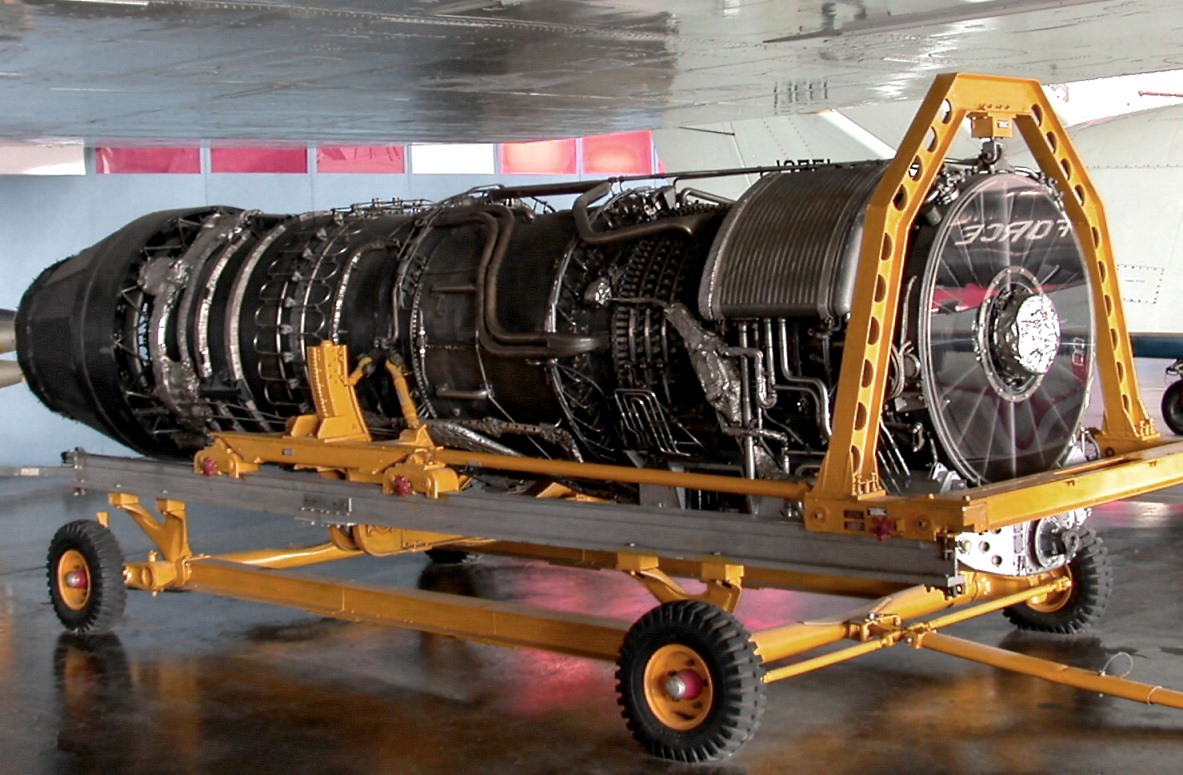
The aircraft was fashioned out of titanium and stainless steel, arranged in a honeycomb formation that could resist the waste heat from the supersonic flight, which could soar to between 475 to 630 Fahrenheit. This honeycomb layer would later be assimilated into the blueprints of most future aeroplanes.
Disaster and Retirement
Unfortunately, the study soon met with disaster. In June 1966, the AV2 was destroyed in a mid-air collision with a NASA F-104N Starfighter, in a publicity photoshoot gone wrong. The Starfighter had flown too close and had been sucked in by the Valkyrie’s powerful vortex produced by its down-turned wing-tips.
The F-104 collided with the AV2’s tail-fin and exploded. The Valkyrie struggled on for a few more seconds before plummeting into the sand of the Mojave Desert below after only 32 minutes in the air. Out of the three aircrew only one survived this incident.
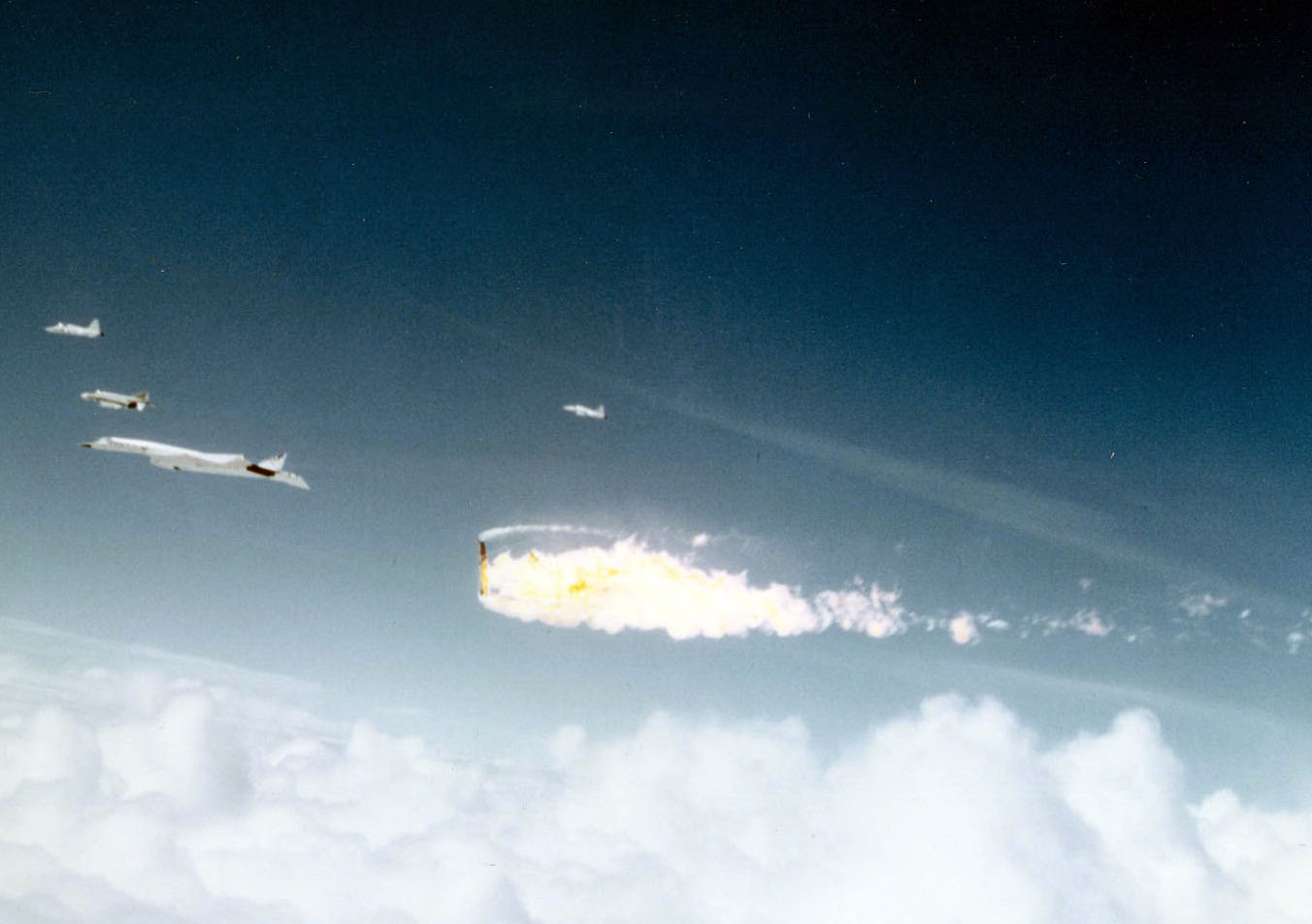
The remaining Valkyrie XB-70A-1, was more of a success, flying from March 1967 until its last journey in February 1969. By the time the program was discontinued in 1969, researchers had learnt valuable data about sonic booms, clear air turbulence, flight controls, and the performances and limitations of aerodynamic, propulsion, and operational systems.
The last Valkyrie was retired to the National Museum of the US Air Force in February 1969 in Dayton, Ohio, where it remains today.
In the end, the XB-70 was dashed by the emergence of the unanticipated technological breakthroughs of ICBMs and the Soviets. As a result, Harold Lee George’s vision of a surge of US strategic bombers carpeting the enemy with deadly missiles would never be realized.
Another Article From Us: Douglas XB-42 Mixmaster
If you like this article, then please follow us on Facebook and Instagram
Specifications
- Crew: 2
- Length: 185 ft 0 in (56.39 m)
- Wingspan: 105 ft 0 in (32.00 m)
- Height: 30 ft 0 in (9.14 m)
- Empty weight: 253,600 lb (115,031 kg)
- Max takeoff weight: 542,000 lb (245,847 kg)
- Powerplant: 6 × General Electric YJ93-GE-3afterburning turbojets, 19,900 lbf (89 kN) thrust each dry, 28,000 lbf (120 kN) with afterburner
- Maximum speed: 1,787 kn (2,056 mph, 3,310 km/h)
- Cruise speed: 1,738 kn (2,000 mph, 3,219 km/h)
- Combat range: 3,725 nmi (4,287 mi, 6,899 km)
- Service ceiling: 77,350 ft (23,580 m)
